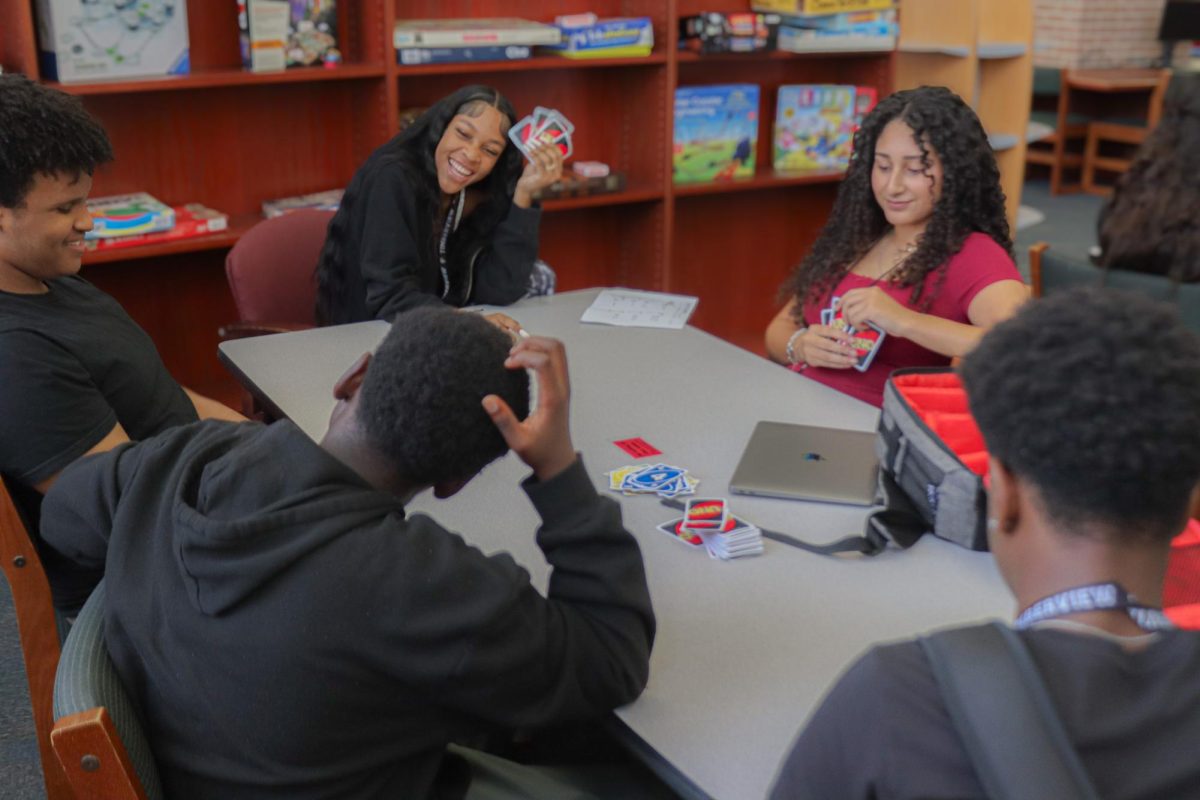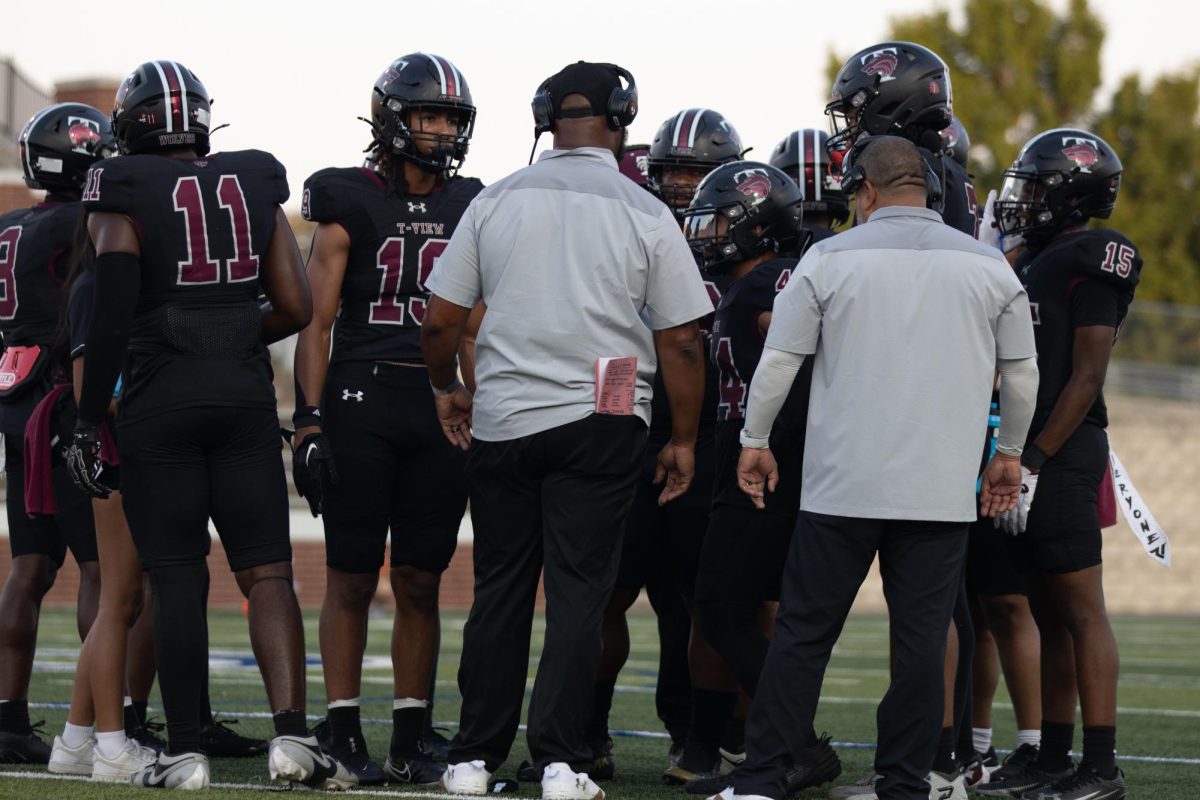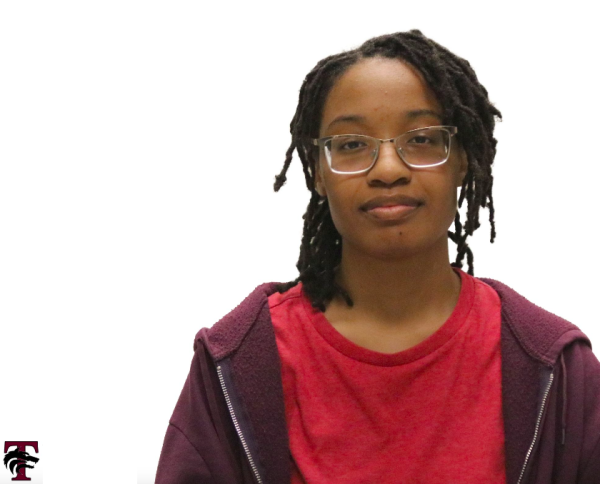The installation of Evolv weapon detector systems on Oct. 2-3 occurred after the MISD School Board authorized the approval for them to be deployed in all high schools within the district.
“They added them because of what has been happening these last couple of years with weapon safety,” freshman Adam Azzadeen said. “They should have bought one that detects vapes instead because that seems like a bigger concern.”
The Evolve system is not the same as a metal detector as it operates by combining sensor technology with artificial intelligence, creating screens that are faster and more efficient.
“Each system has two tablets, one that shows visual highlights of individuals who have been identified by the built-in camera, and another for a resolution table when administrators need to search someone,” Campus Safety Specialist Kainan Joubert said. “It was a bit hectic at first getting everything resolved but it has calmed down.”
The detectors are located at the front of the building and the back patio doors leading to the Commons, each with designated times to enter.
“The screening systems are placed where they are because of foot traffic at the beginning of the school day and throughout as athletes and students from lunch enter.” Joubert said. “There was one in the library, but due to a miscalculation of how many students arrive in the morning, it was moved to the front.”
If a system alerts, two safety specialists assigned to oversee the process will escort either the student or visitor to an area where an administrator can search their belongings. Teachers aren’t included.
“I’ve been pulled to the side before when coming into the building to show my bag and it kind of made me feel like I was in jail,” Azzadeen said. “At the alternative school, BIC, they would have us do different things before entering and this feels similar.”
It is intended to detect concealed weapon threats by analyzing objects that possess similar shapes to firearms or artillery as they pass through the machine into the school.
“It’s primarily looking for things that are shaped like guns, knives, or things that could be explosives,” Joubert said. “I’m not too sure why Chromebooks are being identified by the machine, but it could be that the hardware that’s in the computers resembles these objects.”
Initially, students were to seamlessly transition through the device at a normal pace; however, when screenings began, complications occurred resulting in delays with students reaching class.
“It’s an inconvenience to me because when I walk inside the school it takes longer and then I have to pull out my Chromebook if it’s not already out,” senior Oluwasegun Oni said. “The first couple of days it made me late to class by about 20 minutes because the line was so long.”
Following adjustments, the routine of having Chromebooks out and IDs on has slowly been integrated into students’ daily routines.
“I know it’s for additional protection, but I don’t think much has changed, to be honest,” Oni said. “I’m used to walking in and going through the detectors, but I never didn’t feel safe at this school.”






















